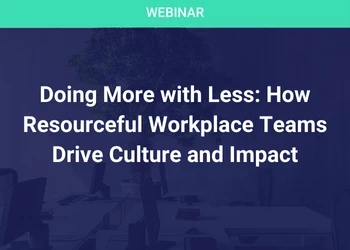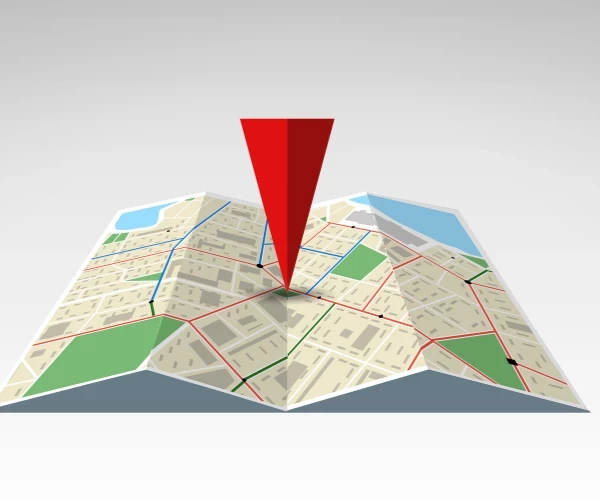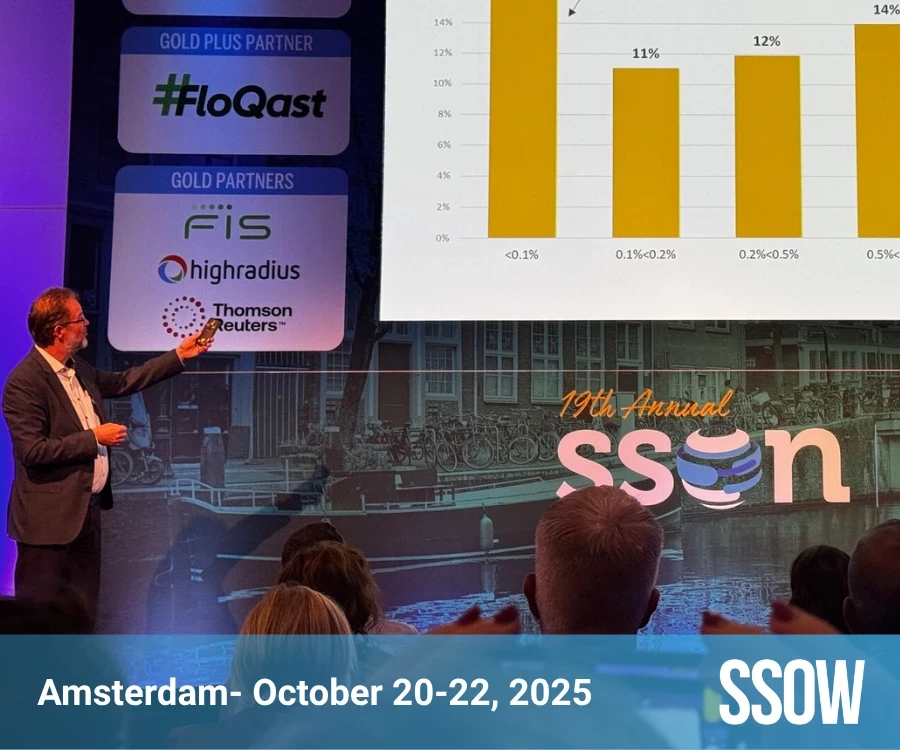
When I was a consulting partner, I asked my GBS leader client why his colleagues were so unwilling to put their hands up to lead the toughest work. He talked to me about tall poppies being the first to be pulled down, or have their heads cut off, and corporate survival skills.
Is there a time when your business colleagues have asked your GBS to build something new? Did you struggle to allocate your best people to the work, particularly if it required a complex solution design? The experienced people that can do the work are often too senior to dedicate, and they are reluctant to give up their day jobs, because of a fear of what will happen if the project fails, or if it finishes and there is nothing else to do. This leads to double hatting, slipping timelines, and unnecessary external spend.
As part of a GBS leadership team, and earlier as an outsourcing leader, I was able to take a different approach, creating a team of specialist solution designers that could be dedicated to hard to do projects. They were expected to put their hands up and say, “follow me”. Careers were developed based on their ability to turn demand from business colleagues into fully working solutions. They would not run the delivery teams, but they would make sure that those teams worked as intended, and ensure that the service outputs remained relevant over time.
I am biased, but I think these people were heroes. They sat comfortably in ambiguity and stood as tall poppies, leading others through the process of clarification, design, and action. They showed the way for their colleagues and the organization. The most successful didn’t have the biggest egos, in fact they were collaborative bridge builders, persistent and patient in their approach to bringing people onside. They had functional knowledge, but their true expertise was in being resilient and able to move on, even when not everything was clear.
Who are the heroes in your GBS that are willing and able to lead solutions work? How are they empowered and managed? This second post in this series of postcards is about having a specialist design team to drive the project work, so that the service delivery team can focus on their day job, and input into and sign off the design of new work that is coming into GBS. I focus on this because several of you have got in touch with this question.
Reasons why I advocate having a distinct solution development team
Every GBS and service organization has people that are good at designing and implementing solutions. The talent is there, but they may not be managed as a team, with operational leaders often preferring a single line of accountability for the design and delivery of a process. In these cases, the designers often report to the operators. Based on my experience in both the GBS and outsourcing worlds, this is a mistake.
There are two killer arguments for having a specialist team:
- Develops people with the skills and desire to lead the work. Solutions work can be seen as difficult and high-risk. This risk is reduced if there is a team of specialists for the purpose, with the tools and leadership support needed to succeed. Their careers can be properly managed.
- Facilitates a common approach across GBS. A shared team can work the same way, whichever process is being developed, and help drive consistency and share learnings across operational teams.They can also be part of the approach for getting seamless working across teams. How many GBS organizations struggle with these things?
A specialist team also:
- Builds a positive creative tension. If you have two equally empowered people (Solution Development Lead and Solution Delivery Lead) working on each solution area to challenge each other, you arrive at a better outcome.
- Increases focus and chance of success. The day job always gets in the way. Separating project and delivery work prioritizes both types of work. If both are led by the same person, a focus on one will lead to something else failing.
- Increases resilience. Having these two leaders increases continuity of leadership when one moves on. In my experience there were many cases where solution development people later became excellent delivery leaders.
- Allows the development of new areas. When working on processes that are outside of the current GBS scope, there may not be an appropriately qualified delivery leader on the team. In much of my work, one of the key steps was to source a delivery lead, who would often join mid-way through the design project.
What might be the objections?
There is a cost and complexity of having two senior people looking at the same area. It can seem pragmatic for the project resources to report to the relevant operational leaders. This model can work, but only once the ‘big change’ activity has been completed and if there is no desire to join-up between GBS processes. For example, if a service team is fully established and its outcome unlikely to change much, then there is less need for ongoing solution development, and it might be preferable to evolve through continuous improvement.
It is too noisy and brings tension. What if the two leaders do not agree? Of course, this happens. This is exactly why it is better to have two people looking at the same challenge, bringing perspectives to the table, caring about different things. The solution is simply better if there has been challenge and discipline in the process to design and build it. Sure, you might have some noise during the project, but better to have that before you incur the cost of building and exposure to issues in live delivery. Avoiding discussion is the enemy, tension is a good thing if it is creative and worked through with directness and a good spirit.
We are too small to sustain such a team. In the last organization I joined, we started Day 1 of GBS with a standalone solution team of six people, working across all process areas. It was too small to reach our full ambition, but we were able to demonstrate our value and ultimately scale as the scope of the GBS organization grew. We budgeted solution development as a small percentage of service costs. Once mature, we ended up with 20 solution designers, plus some transition managers and financial analysts. We also had several ‘friends’ in operational teams, expediently extending our reach where needed.
Type of people required
There are specific skills required to develop and implement operational solutions that are distinct from solution delivery leadership.

Making it work – it’s a team sport
Well-functioning GBS organizations do not happen by accident, you must help them by agreeing the ways of working, writing it down, using it, and continually refining it. Here are three such ways of working necessary for GBS solutions teams to work well in the overall GBS system.
Master collaboration so that every solution project is a team sport. Even where there is a specialist Solution Development Lead, managed in a different line to delivery, many roles will need to be involved. The design leader will bring those people together to do the work, get the design signed off, and implemented. They need to drive but must also take account of everyone’s input – that is why their personal ego needs to be kept in check, so that everyone is listened to.
Have the Solution Delivery Lead sign off the design. For the work to be sustainable, there must be a delivery lead, with unequivocal accountability for the end-to-end solution over the long-term. They input into the design functionally, sign off the detail, and play a big role in implementation. Other contributing teams will also need to be represented.
Work to create productive steercos. There is an art to the effective use of steercos (this may be a future postcard in itself), and they are important in creating alignment when building multi-team solutions. Some companies and teams are good at this, and others fall short. In cases where steercos do not function well, I have learned the hard way to invest time in explaining the detail of what is going on at each checkpoint, and to contract with steerco members on ways of working and decision rights, to help them meet their purpose.
I hope this post has made a compelling case for having a Solution Development team in your GBS. If you have any remaining doubts, ask someone you trust from the BPO industry, how they have seen this work best in their companies. I imagine they will share some of my thoughts. And please do feedback, I know that this is top of mind for some of you.
Next time, we will look at the methodologies required to get solutions work done.
Tim Palmer, Basel, August 2023
tim.palmer.gbs@gmail.com


































